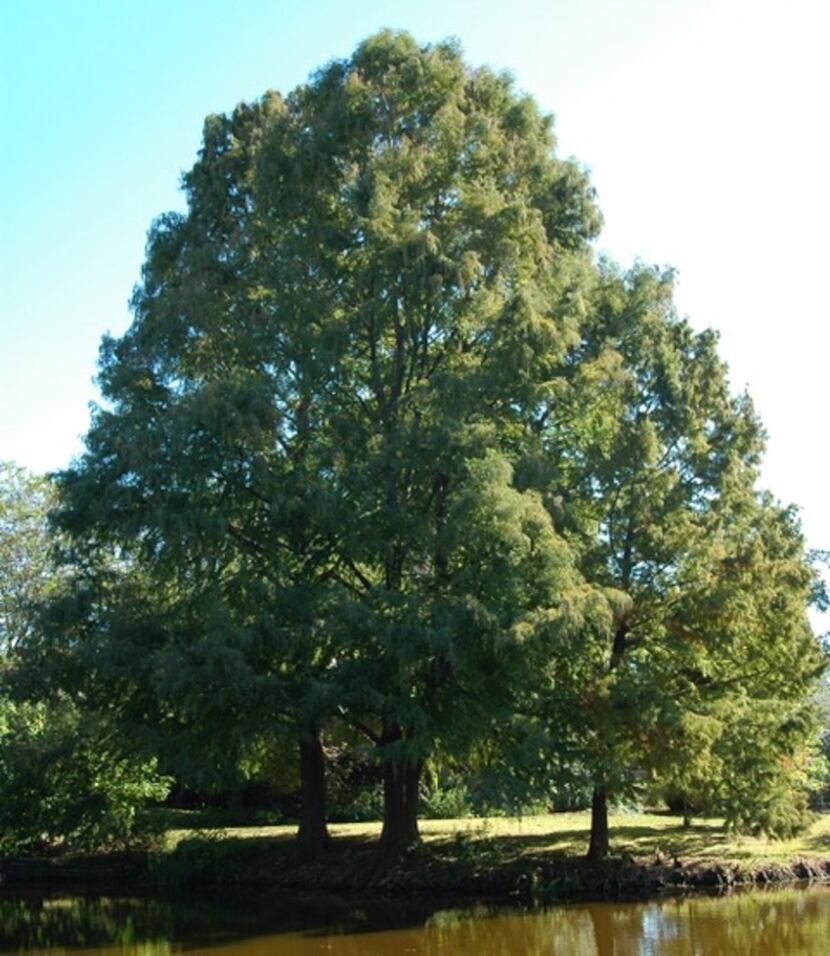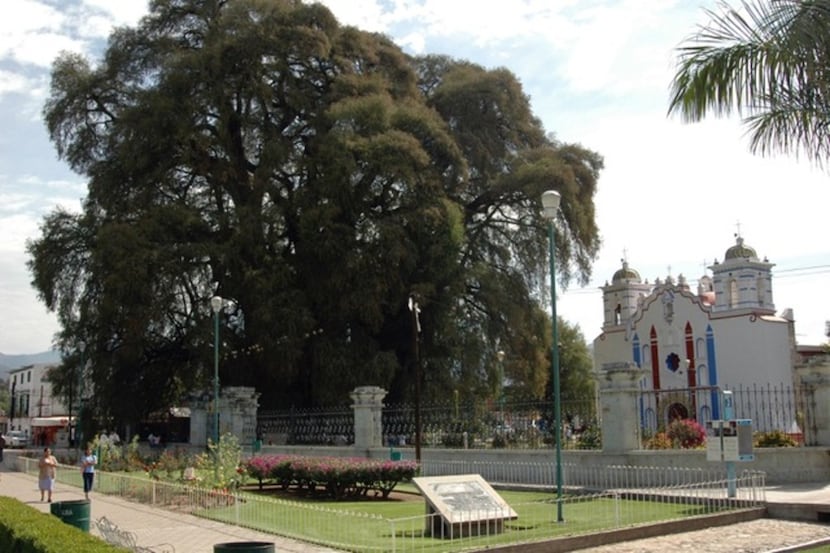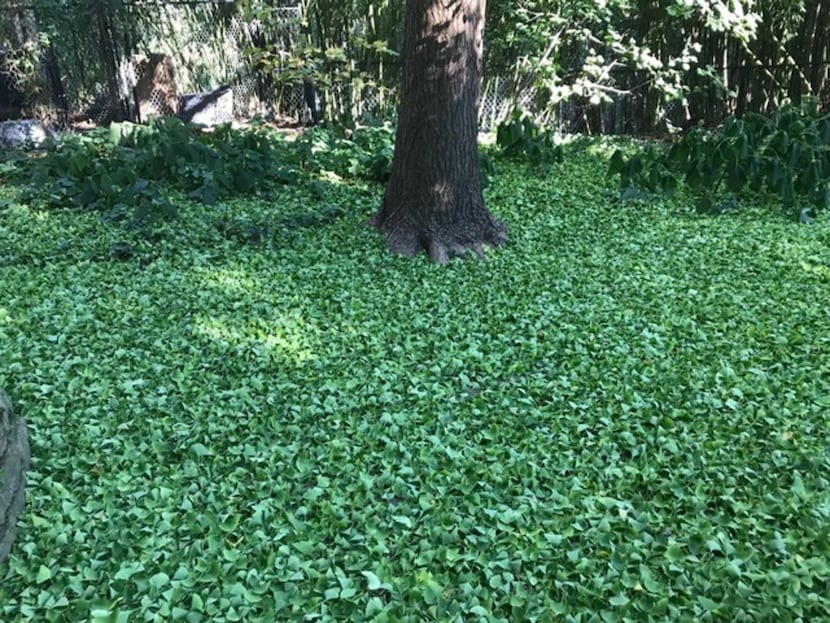Some of you gardeners and landscape folks probably wonder why I didn't mention Montezuma cypress in my recent column about trees I have personally planted at my home and office.
I love this tree and it's true that I have planted it. Mine is an offspring of the famous 2,000-year-old El Arbol del Tule in Oaxaca, Mexico. David Creech, a horticulture professor at Stephen F. Austin University, gave me the small start. Instead of a trunk almost 50 feet in diameter like the one in Oaxaca, which has the widest girth of any tree in the world, mine is young and only about a half-inch at this time.
I wanted to address this very special tree separately because along with its fabulous features, it has a slight flaw that can be serious in certain cases.

Not a fatal flaw
Montezuma cypress or Montezuma bald cypress is wider growing and a much more graceful tree than regular bald cypress. It is fast growing, has soft and beautiful foliage, does not have the typical cypress knees, and is almost evergreen here in zone 8 and warmer areas.
That last point is where the possible problem jumps up. Because of its near-evergreen trait, it always holds its foliage through the fall and into cold weather. If heavy sleet storms hit while the foliage is still holding on tight, damage to limbs can happen. I have seen that here in Dallas winters twice since I have been acquainted with the tree. It's not fatal, just a cosmetic problem.

Can thrive farther north
Montezuma cypress is native from Guatemala to southern Texas and can be seen along stream banks of the Rio Grande, its tributaries and even on the Riverwalk in downtown San Antonio.
Most books and posts will tell you it only can be planted as a landscape tree as far north as Houston, where the leaves become deciduous. But that's not right. There is one growing and doing very well in Plano at Frito-Lay headquarters, and there are many in Dallas and McKinney. Recommended zones should realistically be 7-11. It might even be hardy farther north.
For more detailed information on this fascinating tree, check out this link information on my website: https://www.dirtdoctor.com/garden/Cypress-Montezuma_vq1471.htm.

Leaves dropping
One more thing. Many of you may be concerned about the green leaves dramatically falling off some of your various trees. My famous ginkgo did the same thing. It dumped all the green leaves overnight last Tuesday, and there was no fall color this year. The trees aren't hurt at all. The abrupt hard freeze after all the rain and mild temperatures caused the release of leaves before fall color could happen. Better luck next year.

Resources
Online: dirtdoctor.com or facebook.com/thedirtdoctor.
Radio: "The Answer" KSKY-AM (660), 8 to 11 a.m. Sundays. ksky.com. The call-in number is 1-866-444-3478.
Mail: P.O. Box 140650, Dallas, TX, 75214
